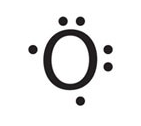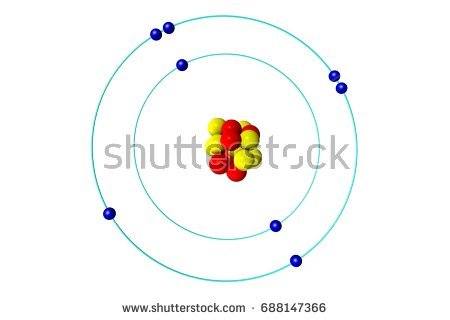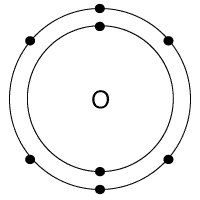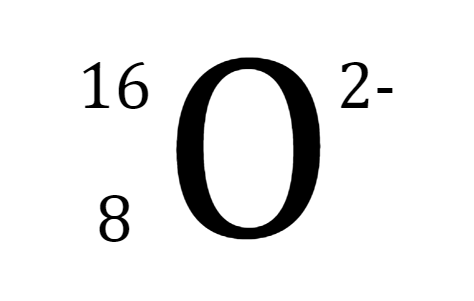
Chemical Bonding
Quiz
•
Chemistry
•
9th Grade
•
Practice Problem
•
Medium
Standards-aligned
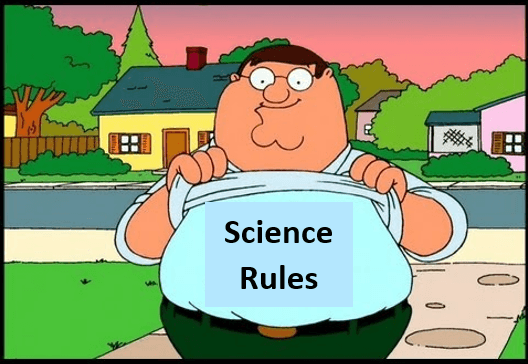
Crissie Molskness
Used 6K+ times
FREE Resource
Enhance your content in a minute
15 questions
Show all answers
1.
MULTIPLE CHOICE QUESTION
1 min • 1 pt
Typically, atoms are more stable when they are
bonded together
apart from each other
Tags
NGSS.HS-PS1-4
2.
MULTIPLE CHOICE QUESTION
1 min • 1 pt
Why do atoms bond?
They typically don't bond
To add or take away energy levels
To have a full valance shell.
To have a full inner shell
Tags
NGSS.HS-PS1-2
3.
MULTIPLE CHOICE QUESTION
1 min • 1 pt
Ionic bonding is between a
nonmetal and nonmetal
metal and nonmetal
metal and metal
Depends on the situation
Tags
NGSS.HS-PS1-2
4.
MULTIPLE CHOICE QUESTION
1 min • 1 pt
Covalent bonding is between a
nonmetal and nonmetal
metal and nonmetal
metal and metal
It depends on the situation
Tags
NGSS.HS-PS1-2
5.
MULTIPLE CHOICE QUESTION
1 min • 1 pt

Which bond does this picture best represent?
Metallic bond
ionic bond
covalent bond
James Bond
6.
MULTIPLE CHOICE QUESTION
1 min • 1 pt
What do positive ions tend to do?
lose electrons
gain electrons
lose protons
gain protons
Tags
NGSS.HS-PS1-1
NGSS.HS-PS1-2
7.
MULTIPLE CHOICE QUESTION
1 min • 1 pt
What happens when magnesium loses 2 electrons?
It stabilizes to a net charge of 0
It turns into an atom
It becomes negatively charged
It becomes positively charged
Tags
NGSS.HS-PS1-1
NGSS.HS-PS1-2
Create a free account and access millions of resources
Create resources
Host any resource
Get auto-graded reports

Continue with Google

Continue with Email

Continue with Classlink

Continue with Clever
or continue with

Microsoft
%20(1).png)
Apple
Others
By signing up, you agree to our Terms of Service & Privacy Policy
Already have an account?
Similar Resources on Wayground

15 questions
kimya bilimi MEB
Quiz
•
9th - 12th Grade

20 questions
Molecular Geo, Polarity and IMFs
Quiz
•
9th - 12th Grade

14 questions
Energy in Bonding
Quiz
•
9th - 11th Grade

15 questions
Lewis Structures 2020-2021
Quiz
•
9th - 12th Grade

11 questions
The Chemistry of Life
Quiz
•
6th - 12th Grade

20 questions
Year 8 Elements and Compounds
Quiz
•
7th - 10th Grade

15 questions
Hidruros e Hidróxidos
Quiz
•
1st - 10th Grade

19 questions
Ion Formation and Bonds
Quiz
•
9th - 10th Grade
Popular Resources on Wayground

10 questions
Honoring the Significance of Veterans Day
Interactive video
•
6th - 10th Grade

9 questions
FOREST Community of Caring
Lesson
•
1st - 5th Grade

10 questions
Exploring Veterans Day: Facts and Celebrations for Kids
Interactive video
•
6th - 10th Grade

19 questions
Veterans Day
Quiz
•
5th Grade

14 questions
General Technology Use Quiz
Quiz
•
8th Grade

25 questions
Multiplication Facts
Quiz
•
5th Grade

15 questions
Circuits, Light Energy, and Forces
Quiz
•
5th Grade

19 questions
Thanksgiving Trivia
Quiz
•
6th Grade
Discover more resources for Chemistry

21 questions
Naming Covalent and Ionic Compounds
Lesson
•
9th - 12th Grade

20 questions
Types of Chemical Reactions
Quiz
•
9th - 12th Grade

20 questions
electron configurations and orbital notation
Quiz
•
9th - 12th Grade

42 questions
2.5 - Periodic Table & Trends
Quiz
•
7th - 9th Grade

60 questions
Periodic Trends Exam Review
Quiz
•
9th - 12th Grade

22 questions
Balancing and 5 Types of Chemical Reactions
Lesson
•
9th - 12th Grade

20 questions
noble gas configurations, ve and orbital diagrams
Quiz
•
9th - 12th Grade

20 questions
Physical or Chemical Change/Phases
Quiz
•
8th Grade - University

